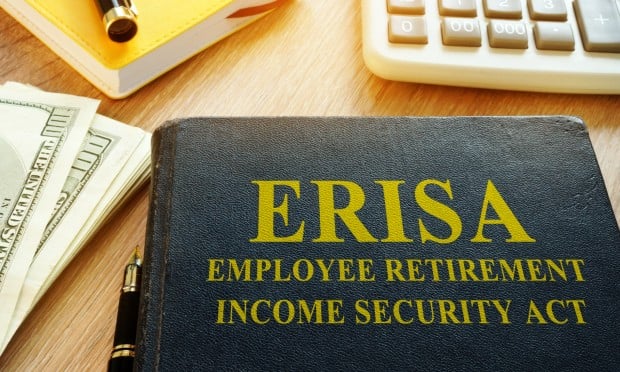Since the implementation of Obamacare, the number of Americans without health insurance has dropped to 24 million from 37 million.
That’s still a lot of folks without insurance. The New York City-based Commonwealth Fund, which has been persistently tracking the insurance coverage rate in the U.S., decided to find out what the composition of the 24 million looked like.
Continue Reading for Free
Register and gain access to:
- Breaking benefits news and analysis, on-site and via our newsletters and custom alerts
- Educational webcasts, white papers, and ebooks from industry thought leaders
- Critical converage of the property casualty insurance and financial advisory markets on our other ALM sites, PropertyCasualty360 and ThinkAdvisor
Already have an account? Sign In Now
© 2024 ALM Global, LLC, All Rights Reserved. Request academic re-use from www.copyright.com. All other uses, submit a request to [email protected]. For more information visit Asset & Logo Licensing.








